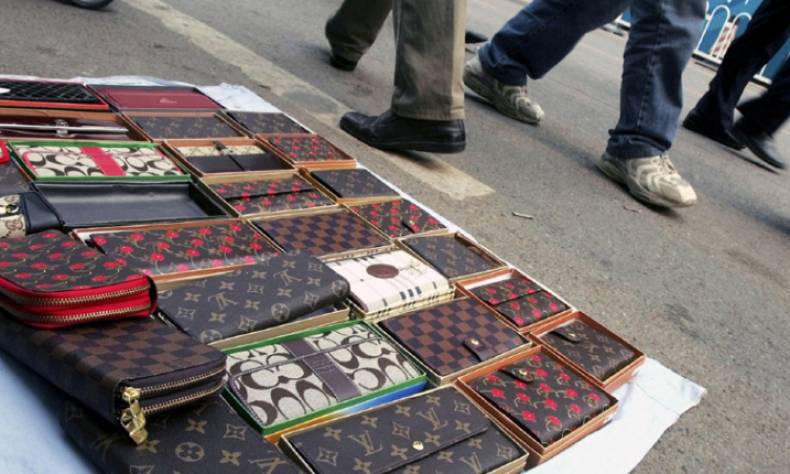
China’s Culture of Counterfeit
Much has been made in Chinese media recently over the government’s increasing focus on innovation and how the country is going to ride into the near future on the back of homegrown unicorns. But despite the government’s many promises of greater IP protection, the fact remains that a good many Chinese companies continue to plainly rip off the intellectual property competitors before either tweaking the design and presenting as something new or brutally misspelling the brand (a quick Google search reveals such gems as ERSPTE for ESPRIT; both Sunbucks and Bucksstar in place of Starbucks; and Adidas spelled Abidas, Avivas, and Adadas).
Despite a constant cycle of stories promoting the impending crackdown on fake goods (here is a recent one from China Daily), the actual state of the situation is that fraudulent goods can be found with ease; it is just that the locations change more frequently of late. One of the most commonly peddled fake products out there are pirated DVDs, often of Hollywood blockbusters. When Yashow Market – long a haven of counterfeit goods – closed down “for repairs” at the end of last year, the fake DVD vendors either found a new home or became more mobile, transient hawkers of a China blight. The increased rent at the market may or may not have been used as a way to evict many of the former vendors who made a living from counterfeits; now the once-shabby market is home to an MLB flagship store.
This is all known, nay expected, by those who live in China, and by those who visit (as this writer can attest through multiple visiting family members), but a recent report from the AP shows just how insidious the situation is. Get this: a foreign firm hires an investigator to look into counterfeiters of their products, which she does, but then on the side the investigator sells the very counterfeit goods that she is supposed to be investigating. It is an excellent report that highlights just how serious the situation is and the extent of the products counterfeited (from pharmaceuticals to auto part and others with serious implications) and the level of government support some of these companies are shielded by.
And then there is e-commerce giant Taobao, the online consumer-to-consumer (C2C) marketplace arm of the Alibaba Group. A report released in January by the State Administration for Industry and Commerce, initially called a white paper but then taken down from the Internet after fervent protestations from the company in question, stated that Alibaba “has long lacked sufficient attention to the problem and has long failed to take effective measures to control it” (translation of report here). As if to corroborate, a November report from Xinhua news agency said that just under 59 percent of goods sold online were of “genuine or good quality.” Or, in other words, more than 40 percent were fake or of poor quality. Those are not good odds.
Alibaba has responded by lobbying hard in the U.S. for it to stay off of the anti-piracy blacklist, at the same time introducing insurance domestically to guarantee the authenticity of its goods. The problem is, however, that the insurance offered applies to goods sold on TMall, the more legitimate business-to-consumer (B2C) arm of Alibaba, and not Taobao. JD.com, Alibaba’s primary domestic competitor (Amazon China excluded) in the e-commerce game, announced in November that it would be shutting its C2C business in April next year due to the challenge of fighting counterfeit goods sold via its platform.
When even Chinese government officials are admitting the manufacture of fraudulent economic data (no surprises there as was long suspected by much of the media anyway), then how can a country be expected to change its reluctance to pay for and expect quality when such duplicity is only half-heartedly (if that) set upon by those in power?
 Facebook
Facebook
 Twitter
Twitter
 Linkedin
Linkedin
 Google +
Google +











how could i love thos things…
fake. fake. fake. please innovate.